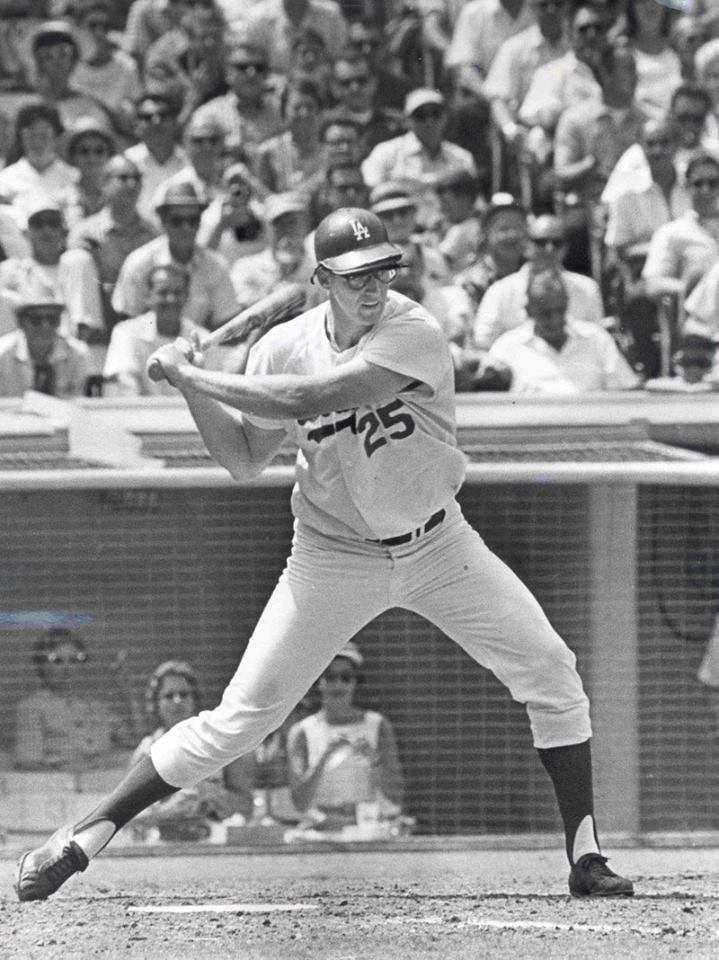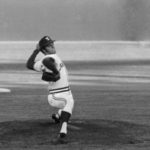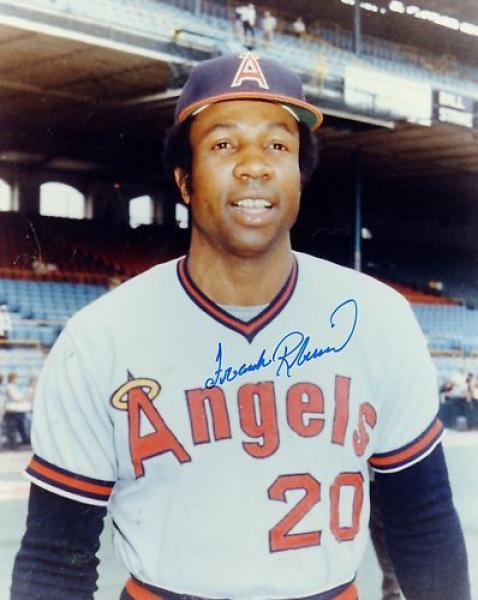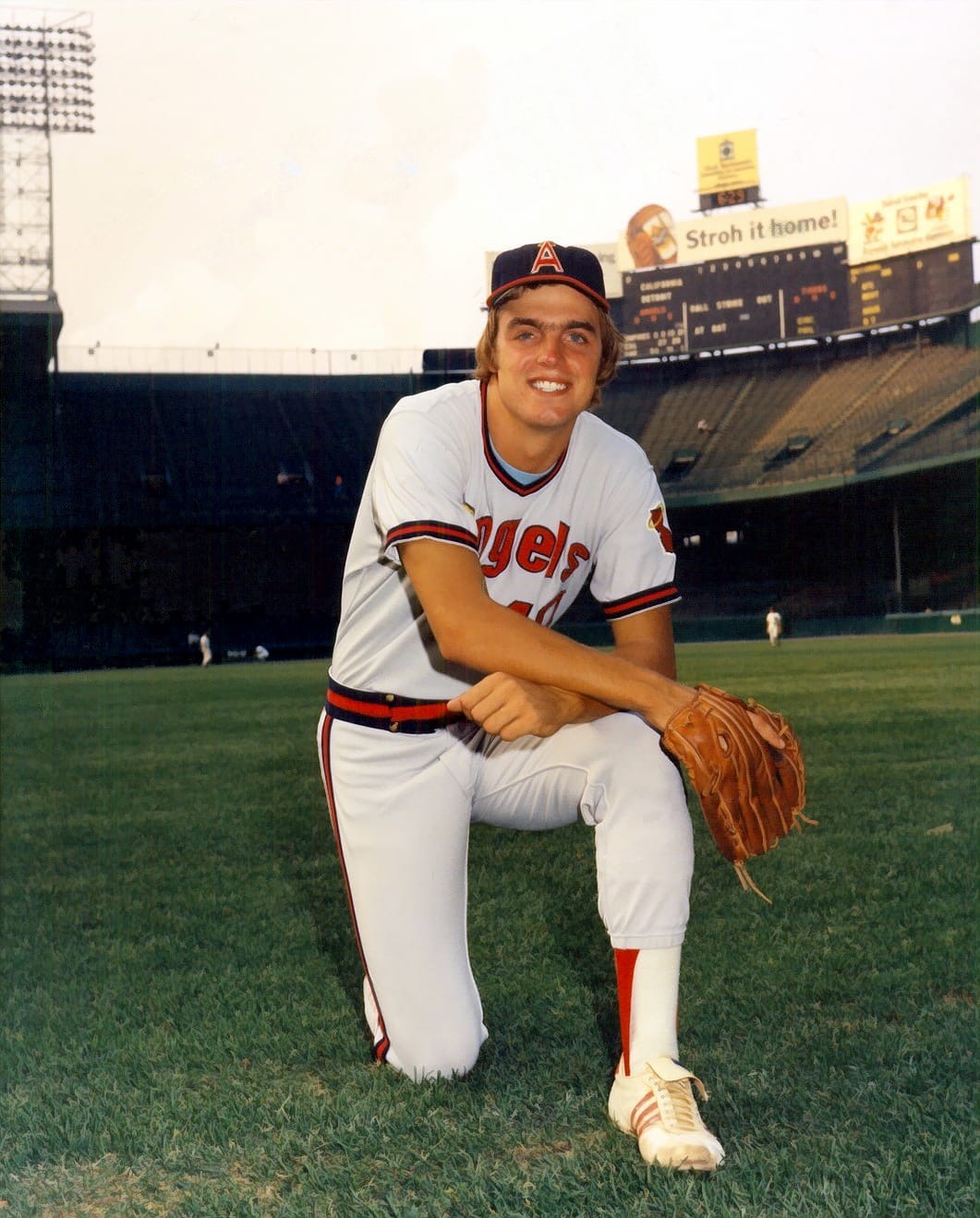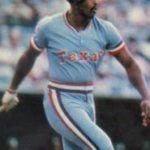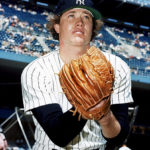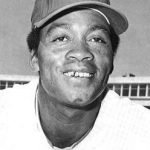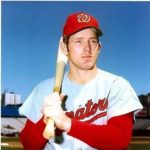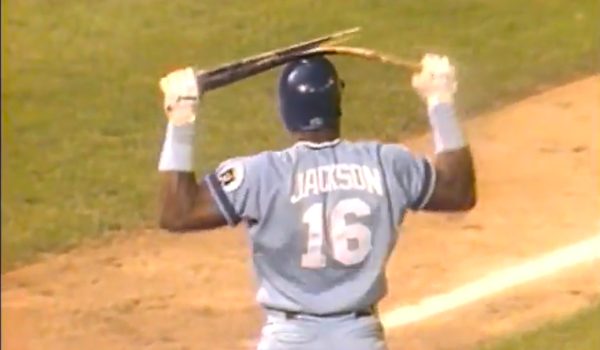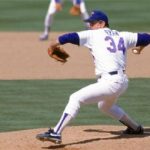Arlington Stadium
Arlington Stadium,Arlington,TX,US
Ball Park First Game
Date – 04/21/1972 (1)
Starting Pitchers – vs. Angels: 04/21/1972
Final Score 7-6 (TEX)
Attendance – 20,105
Starting Pitchers Dick Bosman (TEX); Clyde Wright (CAL)
First Batter – Sandy Alomar Sr. (CAL) Result – Popped to 3B
First Hits – Frank Howard (TEX),Homered (1st)
First Run – Frank Howard (TEX)
First RBI – Frank Howard (TEX)
First Homerun – Frank Howard (TEX) vs. Clyde Wright (CAL) on 04/21/1972 (1st inning)
First Grandslam – Carlos May (CHA) vs. Jim Panther (TEX) on 06/25/1972 (4th inning)
First Inside Park Homerun – Danny Thompson (MIN) vs. David Clyde (TEX) on 06/24/1974 (4th inning)
First No Hitter – Mike Witt (CAL) vs. Rangers on 09/30/1984
Ball Park Lasts
Last Game – vs. Royals: 10/03/1993, Final Score – 4-1 (KCA)
Attendance – 41,039
Starting Pitchers – Steve Dreyer (TEX); Kevin Appier (KCA), Winning Pitcher – Kevin Appier (KCA) Losing Pitcher – Steve Dreyer (TEX)
Last Batter – Juan Gonzalez (TEX), result – Grounded to SS
Last Hit – Gary Gaetti (KCA), Homered (9)
Last Run – Gary Gaetti (KCA), Last RBI – Gary Gaetti (KCA)
Last HR – Gary Gaetti (KCA) vs. Tom Henke (TEX) on 10/03/1993 (9th inning)
Last Grand Slam – Kirby Puckett (MIN) vs. Roger Pavlik (TEX) on 09/11/1993 (5th inning)
Last Inside The Park Homerun – Gary Ward (TEX) vs. Chris Codiroli (OAK) on 06/20/1986 (2nd inning)
Last No Hitter – Nolan Ryan (TEX) vs. Blue Jays on 05/01/1999
TRIVIA –
The first homer ever hit at Arlington Stadium was the 361st of Frank Howard’s career and tied him with Joe DiMaggio for 20th on the all time list.
FIRST IMPRESSION
For 22 years, it was the hottest sports ticket in town — literally. Baseball was served at Arlington Stadium with a complementary sauna and a guaranteed tan. You had to appreciate the open friendliness and down-home simplicity of the best little ballhouse in North Texas, but you also had to curse its refusal to hide from the oppressive summer heat.
Arlington Stadium was not a venue for the faint of heart. It was uncovered and vulnerable, an erector-set facility that dared to challenge the scorching Texas sun. If the 100-plus-degree heat didn’t get you, the inelegant teams that competed there would. It wasn’t easy to be a Rangers fan, but it was hard not to like Arlington Stadium.
Located in an entertainment strip of suburban Arlington next to the Six Flags amusement park, this was a no-frills stadium with a simple charm behind its plain, patchwork exterior.
Much of that charm was a byproduct of Arlington’s humble roots. It opened in 1965 as Turnpike Stadium, the 10,600-seat home of the Class AA Texas League’s Spurs on the Dallas-Fort Worth Turnpike. It was constructed with an eye toward expansion, the first of which took place in 1970 and raised seating capacity to 21,000. When the former Senators were moved from Washington to Arlington before the 1972 season, emergency construction lifted capacity to 35,694 and gave the stadium the basic look it would retain throughout its history.
The renamed Arlington Stadium was a basic single-deck structure with a make-it-up-as-we-go architectural design. Set in a natural bowl that dropped the playing surface 40 feet below street level, it featured a leveled grandstand behind home plate, high-rising seats down both lines and fair-territory bleachers that extended from foul pole to foul pole.
A special “plaza” deck, built atop the stands behind the plate in 1978, raised capacity to 41,284 and captured the essence of a makeshift construction that resulted in peculiar nooks and crannies as well as unexpected open-air windows to the outside world.
SIGNATURE FEATURES
If Arlington wasn’t the most sightline-friendly ballpark in the majors, it had to be close. It also was the hottest, with little shade to compensate. More than a third of its seats were in the expansive outfield bleachers-sun-blistered aluminum benches that dispensed their heat to general admission fans. From mid-May to September 1, the Rangers were forced to play all their games at night, with temperatures seldom getting out of the 90s.
The left field bleachers were topped by a distinctive 200-by-60-foot scoreboard, a piece of which was shaped like the state of Texas. The field, with lush green grass that somehow withstood daily assaults from the sun, featured hitter-friendly 330-400-330 symmetrical dimensions, but swirling winds blowing over the center field fence made life easy for pitchers.
That changed after the 1983 season, when the Rangers removed the scoreboard and topped the outfield rim with a 30-foot wall that stretched from foul pole to foul pole. Not only did the barrier block the winds and make life tougher for pitchers, it gave the park a whole new personality. Five state-of-the-art video and scoreboards were spaced along the wall, separated by huge advertising billboards. On one, the Marlboro Man gazed down with apparent disinterest from his right-center field perch.
Sights and sounds were important to Arlington fans. They still remember the right field temperature board, the sound of roller coasters and other rides from nearby Six Flags, superfan Zonk behind the first base dugout, Lone Ranger clips on the video board and Dot Races — an Arlington invention, according to some Texans. But nothing stirred emotions more than the first musical notes of “Cotton-Eyed Joe,” a stadium staple during the seventh-inning stretch. Sun beaten and worn beyond its years, Arlington Stadium gave way to a modern new facility after the 1993 season.
NOTABLE
Nolan Ryan got two of his biggest milestones at Arlington Stadium. On August 22, 1989, he struck out Rickey Henderson for 5,000th strikeout. On May 1, 1991, at age 44, Ryan celebrated “Arlington Appreciation Night” by beating the Blue Jays with his seventh no-hitter.

